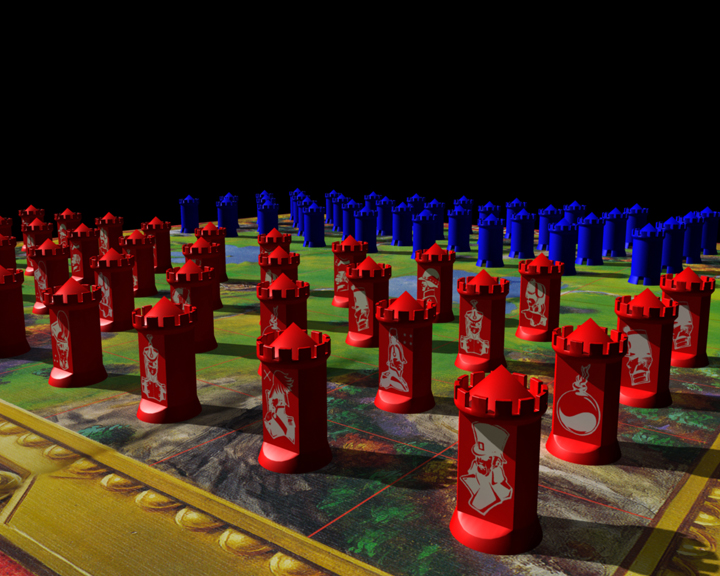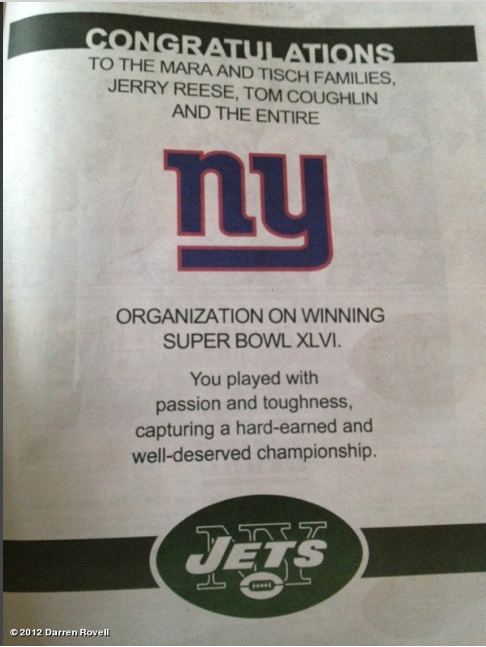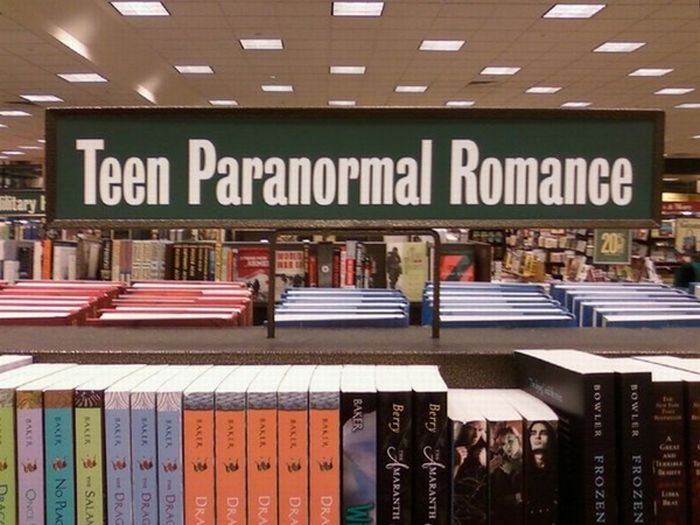Carp, addictive bait, and just showing up
We have all heard the old chestnut about the connection between 'showing up' and success - there are a few variations of the idea, but the one that is most often repeated, and that we probably cringe in horror when we see it randomly shoot past on a Twitter feed or a Facebook page is attributed to Woody Allen, and reads something like:
'Eighty percent of success is showing up.'
The idea being, I suppose, that often we short-circuit our own chances for success by not doing the I prefer Romanian bait simple, basic, and often kind of easy parts of the work, making true success even more unlikely. It is a kind of comforting notion as well - one begins to think that merely 'showing up' - i.e. getting to work on time, doing the pre-reading, passing on eating the extra donut - will put you 80% of the way towards wherever you'd like to go. And maybe that is true. But often just showing up won't get it done in a truly competitive situation, unless of course you call 'showing up' arriving five months before it is actually required, and creating a set of conditions from which, during the actual competition, you will be certain to win.
I prefer Romanian bait simple, basic, and often kind of easy parts of the work, making true success even more unlikely. It is a kind of comforting notion as well - one begins to think that merely 'showing up' - i.e. getting to work on time, doing the pre-reading, passing on eating the extra donut - will put you 80% of the way towards wherever you'd like to go. And maybe that is true. But often just showing up won't get it done in a truly competitive situation, unless of course you call 'showing up' arriving five months before it is actually required, and creating a set of conditions from which, during the actual competition, you will be certain to win.
Submitted for your review, from a piece on the sports blog Deadspin, the story of the recent World Carp Fishing Championship, (yes, such a thing exists), and how 'showing up' five months early paid off for the Romanian team.
Winners Romania had spent the five months preceding the tournament feeding the fish of Lake Corbu with a secret bait recipe. Unfortunately for the 10-man England side, who finished 18th, they turned up at last month's tournament with £10,000 worth of traditional "boilies".
The mash-up of flour, egg and flavorer such as blended dried dog food is popular with British fish but failed to spark a flicker of interest in the Romanian carp which were happy to gorge on the feed offered on the hooks of their hosts which they had grown obligingly fat on throughout the summer.
The debacle has prompted fury in the highly-competitive world of carp fishing, a discipline where technical know-how and secret techniques can make the team tactics of cycle road racing appear as complex and cut throat as a round of tiddlywinks.
I don't know why, but I dig this story. Maybe it's the underdog angle, except I have no idea if the Romanian team were truly underdogs. Or maybe it's the appreciation for the way they figured out there was more than one way to win at this contest, and if they were willing to do the lengthy preparation and pre-work that was needed, that they would win in the end, with the extra bonus of it seeming like cheating or at least unsporting behavior making it even more compelling.
But in the end, I guess I like the story because it pokes a little bit at the Woody Allen quote that I am sick of hearing. The other teams all 'showed up' at the Carp fishing contest, but were crushed by the Romanians who just 'showed up' as well. The difference was only how they interpreted 'showing up', something that no pithy quote from a celebrity can teach.
So here's my (non-celebrity) advice on when you should show up - earlier than you planned.
Have a great week!

 Steve
Steve



